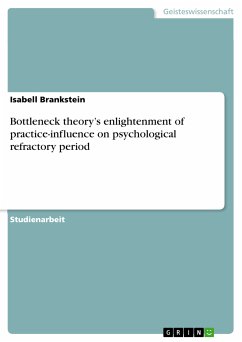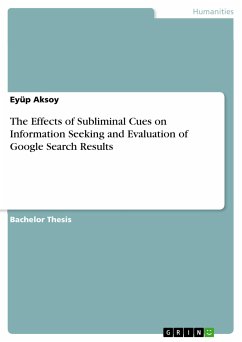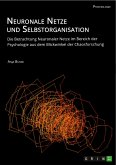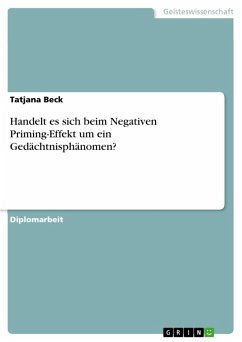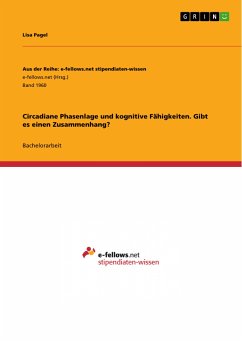Studienarbeit aus dem Jahr 2010 im Fachbereich Psychologie - Kognitive Psychologie, Note: 1, Universität Salzburg (Naturwissenschaftliche Fakultät - Fachbereich Psychologie ), Sprache: Deutsch, Abstract: Stunning limiting mechanisms of the humans information processing, of perceiving abilities, working memory performance, sensomotoric reactions upon receiving point, can be classified as phenomenon, giving feedback about the humans assessment of reality. The psychological refractory period effect (PRP) is one of these phenomenon, representing the aspects of delayed reactions, two speed tasks are performed in rapid succession with resulting delay to the second task response (Craik, 1947, 1948; Hick, 1948; Telford, 1931). This increasing delay of the second task response is the high, the short the interval between the two tasks, task 1 and 2, is (Pashler, 1994). This PRP – effect can be observed even when modalities of the tasks (e.g. sensory, motor-driven) are distinct (Pashler, 1994). Severely theories have tried to build up the PRP-effect’s underlying mechanisms. Following work will focus on one of those, the central bottleneck, trying to illuminate the influence of practice on PRP-effect.

